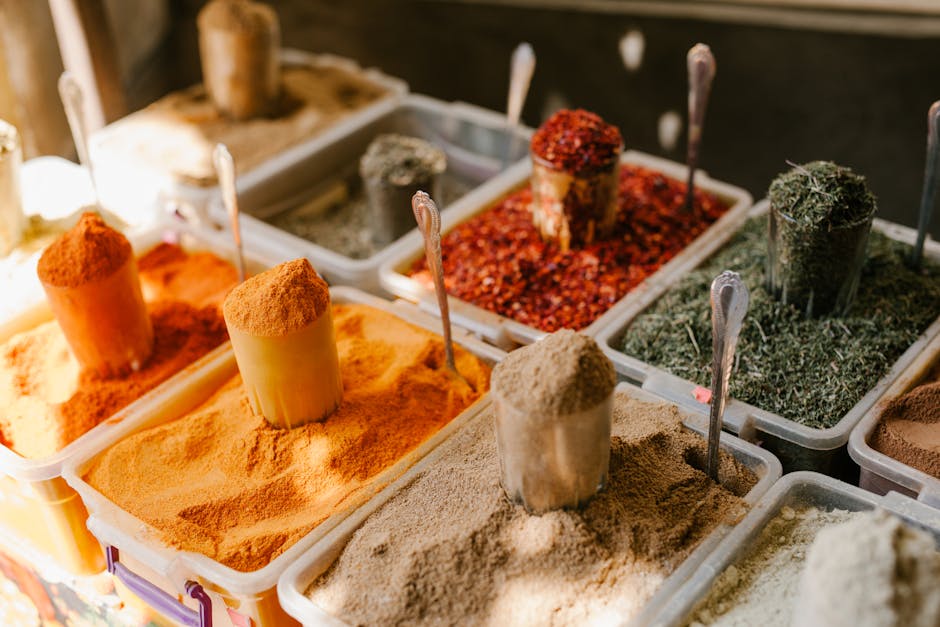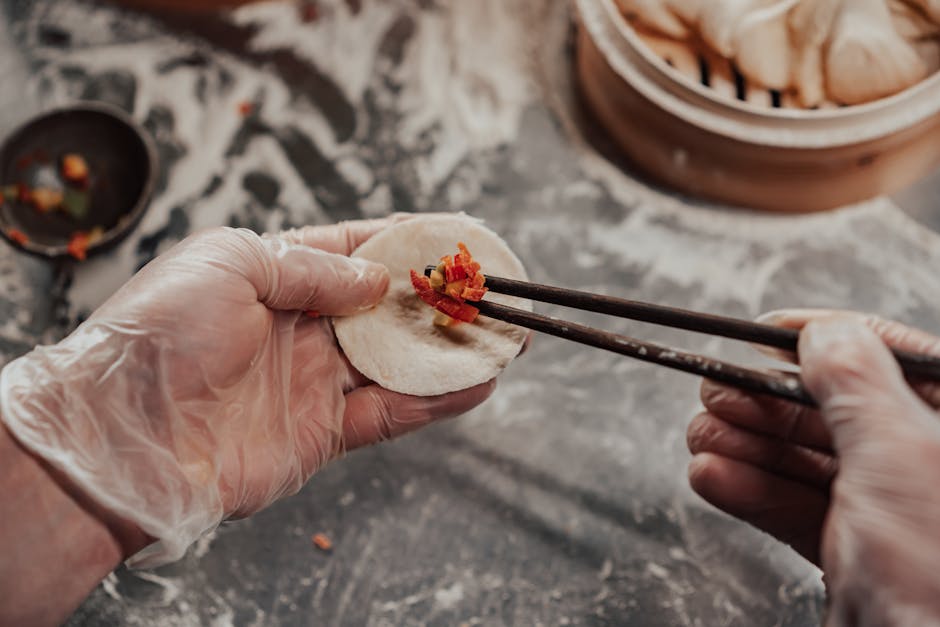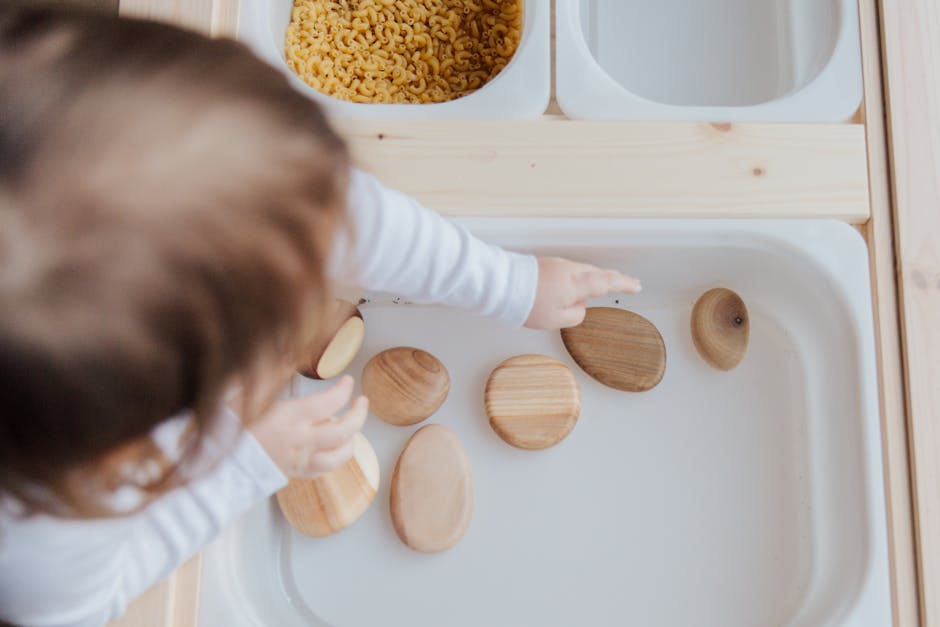Culinary Cartography: Discover World Flavors with Cooking Techniques
Have you ever thought about how many flavors exist in different corners of the world? Culinary cartography invites you to explore these tastes and textures, mapping out regions through their unique cooking techniques. From the rich heat of Thai curries to the delicate nuances of Italian risottos, food is a reflection of culture and identity. In this article, we will traverse the globe, uncovering various regional cooking methods that not only tantalize your taste buds but also tell a story.
The Art of Cooking: A Global Dance

Cooking isn’t merely about combining ingredients; it’s an art form. Through culinary techniques, chefs and home cooks alike express their heritage, ensuring that flavors are celebrated and traditions preserved. Global cuisine can be seen as a spectacular ballet of flavors, where every region contributes its own special step.
Exploring Regional Techniques
Every culture has its unique cooking techniques, shaped by what’s available locally and the traditions passed down through generations. By diving into these customs, we start to understand the diverse flavors that make up our world.
For instance, consider Fermentation, a technique treasured everywhere, from Korean kimchi to German sauerkraut. It enhances flavors, preserves food, and even promotes gut health. Learning about these methods opens a path to not only delicious dishes but also healthier lifestyles.
On the other side, there’s Grilling, a practice evident across continents—from South American asados to Middle Eastern kebabs. What’s fascinating is how each culture takes grilling and infuses it with spices, marinades, and techniques that define its culinary identity.
To delve deeper into the role of fermentation in cooking, check out our piece on mastering fermentation for bold flavors and health benefits.
Mapping Ingredients: The Global Pantry

Cooking techniques are intrinsically tied to the ingredients available in different regions. Understanding this "culinary cartography" provides insight into flavors that might seem exotic.
From Spice Routes to Local Markets

Spices have a way of telling a story, with their pathways reflecting ancient trade routes and migrations. For example, the Eastern Mediterranean is a blend of spices, often involving cumin, sumac, and olive oil, all tied to the land and climate. Contrast this with Indigenous American cuisines, where ingredients such as corn, beans, and squash reign supreme, showcasing their agriculture-rich traditions.
In Southeast Asia, you'll find an explosion of flavors, where fresh herbs—like lemongrass, mint, and basil—play a starring role in dishes. Knowing the local ingredients can transform how one cooks. When seasoning becomes instinctual, recipes start feeling like stories.
This diversity reflects a culmination of ages, and if you’re intrigued by this historical lens, you may enjoy learning how ancient civilizations have shaped modern recipes. Check out our article on culinary chronicles.
Local Cuisine & Global Influence

Let’s not overlook the concept of fusion cuisine. As borders blur, we see mash-ups that reflect the cultural landscape. For instance, Korean-Mexican tacos have captured the world’s attention, showcasing how ingredients can transcend their origins while celebrating culinary heritage.
In this light, the methods such as sous-vide have gained immense popularity, merging the precision of French cooking with home-cook convenience. This brings techniques back to life—allowing individuals to engage in gourmet cooking at home.
Regional Cooking Techniques: A Culinary Journey

Let us take a closer look at specific regional techniques that define cuisines around the world, allowing you to discover and implement them in your own kitchen.
1. Searing Techniques in French Cuisine

In France, mastering the art of searing can elevate simple ingredients into something remarkable. By achieving that stunning crust on meats through high heat, one imparts flavor and seals in juices. Anyone interested in furthering their cooking skills may be fascinated by our guide on flavor pairing chemistry to enhance this technique.
2. Steaming in Asian Cuisines

Steaming—pioneered by countries across Asia—is a technique that preserves nutrients and flavors in food. From Chinese dumplings to Thai fish cakes, understanding how to steam effectively can open up a universe of possibilities in your cooking repertoire. Consider exploring cooking with sensory elements for a deeper dive into textures.
3. Clay Pot Cooking from North Africa to Asia

Cooking with clay pots, or tagines, highlights how food can be elevated while retaining moisture and flavor. This method links diverse culinary practices, from North African tagines to Asian earthenware dishes, creating meals that simmer together beautifully.
4. Slow Cooking and Braising in Soul Food

The technique of braising is rooted deeply in comfort food—often seen in American soul food traditions. The slow cooking process transforms tough cuts of meat into tender, flavorful dishes—think collard greens or oxtail stew. To master leftover transformations using the art of braising, experience our insights on culinary alchemy for inspiration.
Bringing Global Flavors to Your Table

Now that we've explored these vibrant culinary techniques and philosophies around the world, how can you bring them to life in your kitchen?
Embrace Seasonal Ingredients

Start by being mindful of the seasonality of ingredients. By focusing on what’s fresh and local, you not only create a sustainable kitchen practice but also connect with your community. Farmers’ markets are fantastic places to explore—pick ingredients you’ve never used before and experiment with traditional recipes hailing from around the world.
Experiment Through Themes

Consider planning themed cooking nights based on specific countries or techniques. A Spanish tapas night, for example, allows for inviting friends and creating dishes like patatas bravas, croquetas, and pan con tomate. It’s a fun way to dive deep into a culture while expanding your culinary skills!
Keep a Culinary Journal

If you find joy in cooking, keep a journal. Note down the dishes you’ve tried, personal tweaks you’ve made, and flavors that surprised you. This practice can help you track your growth as a home cook while allowing you to reminisce about flavors and dishes that echo your culinary journeys.
Foster Community Through Cooking
Lastly, remember that food is inherently a communal experience. Whether hosting a small gathering or sharing meals with family, invite others to partake in your culinary adventures. This engagement enhances the whole experience, turning cooking from a solitary act into a shared celebration.
Final Thoughts
As we traverse the savory terrains of culinary cartography, we see that cooking is not just a process, but an art form deeply interwoven with culture, history, and identity. By embracing diverse cooking techniques, you open doors to flavors from around the world, transforming mundane meals into vibrant expressions of history and creativity.
Cooking can be a form of exploration—both of the world and of yourself. Every dish you prepare is a chance to express not just what you eat but who you are. So, the next time you step into your kitchen, think of it as your canvas. With each ingredient you select and technique you apply, you are continuing the beautiful, age-old tradition of storytelling through food.



